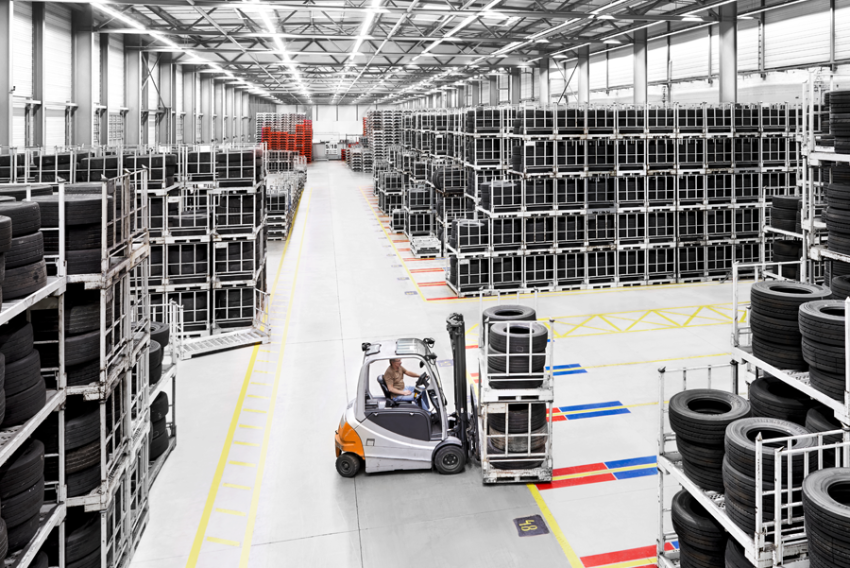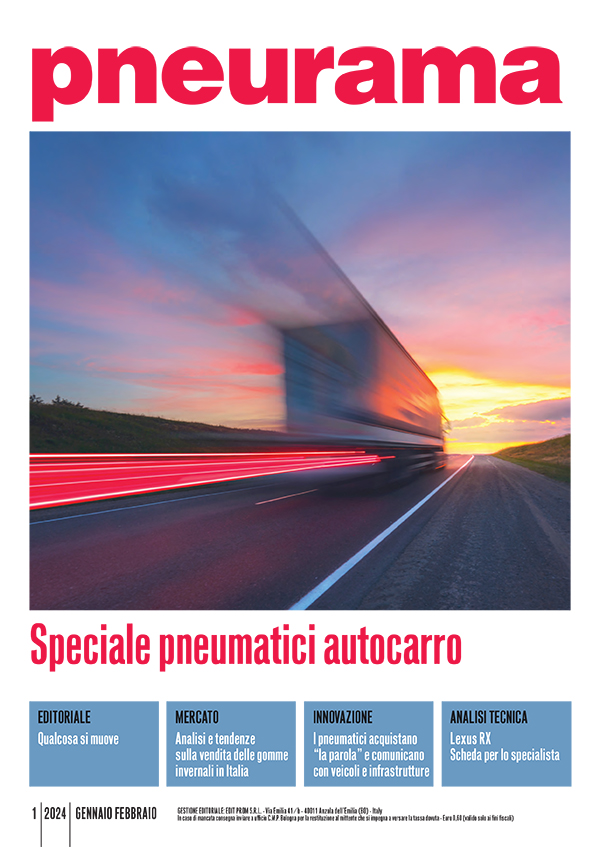Tire retreading has a long history behind it, while the recycling of the resulting materials is a much more recent environmental concern. Since October 2013, Continental’s industrial vehicle tire retreading plant in Hannover-Stöcken has been combining both eco-friendly practices. The plant employs 83 employees working in four shifts and became fully operational in 2015 when it produced 82,000 hot retreads with the patented ContiRe process using Continental casings for 19.5” and 22.5" wheels. Production has grown steadily to over 100,000 units in 2019; after the inevitable setback in 2020, the forecast for this year is to produce 106,000 ContiRe units, which will become 109,000 next year. Alongside these, the company also offers ContiTread cold retreads, which are made by certified external partners.
What the eye doesn’t see…
The plant is organised in a 'U-shaped' layout within a rectangular building. The process begins with the receiving the casings as these are delivered by truck; following an initial, purely visual, selection process, the casings that are not suitable for the process are discarded. The first step after storage is shearography, a non-destructive control that takes place in a vacuum chamber. Here the tire is analysed with cameras and laser lights that compare the image taken in the absence of stress with those taken during its exposure to thermal and mechanical stress. This system highlights any deformation in the structure that is not visible to the naked eye, potentially even of the order of micrometres. Any tire deemed unsuitable is then sent for recycling, while those that do pass the test undergo a further manual control to identify any need for further repairs and end up in a second warehouse, which serves as a buffer between the retreading lines. We are in the middle of the production flow, which here reverses direction by passing into the adjacent bay.
Old tire in new clothing
The casings, which at this point are still complete with sidewalls and treads, are sent to buffing machines where a cutting tool removes the rubber from the tread and sidewalls and reduces it to powder. In this area, as throughout the plant, the rubber powder is constantly collected from the pavements both for health reasons and to avoid wasting precious material that is then recycled. According to Continental's own calculations, every tonne of rubber granules reused in the production of new tires and tread strips avoids the use of 0.6 t of new rubber and 0.4 t of carbon black, but above all it reduces carbon dioxide emissions by 2 t. The buffing is done in an automatic process, with human intervention needed only for loading and unloading the machine. The buffed casing goes, if necessary, to an operator who will proceed to repair any previously detected damage; the compound (in strip) is then applied to the casing after which an autoclave process will print the new tread. Once this operation is complete, it’s time for the sidewalls; the new tire is then sent to another autoclave for heat treatment to complete the bonding of the new tread and sidewalls to the casing. Recently, an inert gas has replaced hot water as the heat-transmitting element in the autoclave process.
Like new, in every way
Once the tire comes out of the autoclave, the process is virtually complete; all that is missing is the finishing and final inspection, which take place in an area adjacent to the autoclave area. We are at the other end of the 'U', at the same height as the incoming storage area, where the last warehouse is also located. Here the retreads are stored and prepared for distribution. The entire process is monitored by a quality control lab, located adjacent to area where the new compound is applied to the casings, which constantly analyses the batches of materials used.


